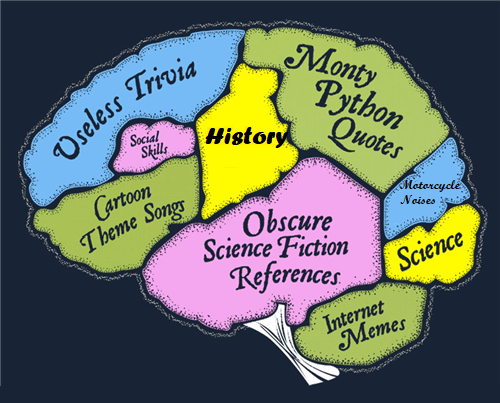Giving students an overarching theme to come back to over and over as the course progresses can lead to some interesting "aha!" moments, or at get students to think about the implication of certain events through a lens they might not have thought about otherwise. One professor teaching a pre-Civil War American History course spiced things up by asking us to identify the strains of "Union" and "Disunion" during the Antebellum. Turns out there was a lot more disunionism going on and from people and places I hadn't suspected. But having that bug in my ear from the beginning kept me on the lookout for the ideas while completing the readings for the class, and it made for some interesting class discussions.
In American history, another set of intertwining themes are that of Utopian Idealism and Machiavellian realism (or pragmatism). From the arrival of the Puritans and their dream of founding "A City Upon A Hill," the powerful enlightenment language of equality, liberty and freedom in the Declaration of Independence, communes from the Shakers to the hippies, Americans have sought to create a better society than the one they came from or grew up with. At the same time, Americans have always done whatever it took to gain land, expand westward, forge a hemispheric hegemony, and to become the most powerful nation in the world.
Spend a little prep time at the beginning of the year comparing short bios of Niccolò Machiavelli and Sir Thomas More, and going over the basic concepts of the two philosophies. Then throughout the year, have students discuss and identify these dichotomies in an exit question or warm-up, and just before the review session at the end of a unit. Some interesting insights into what students see as the motivating forces in a given time period.





No comments:
Post a Comment